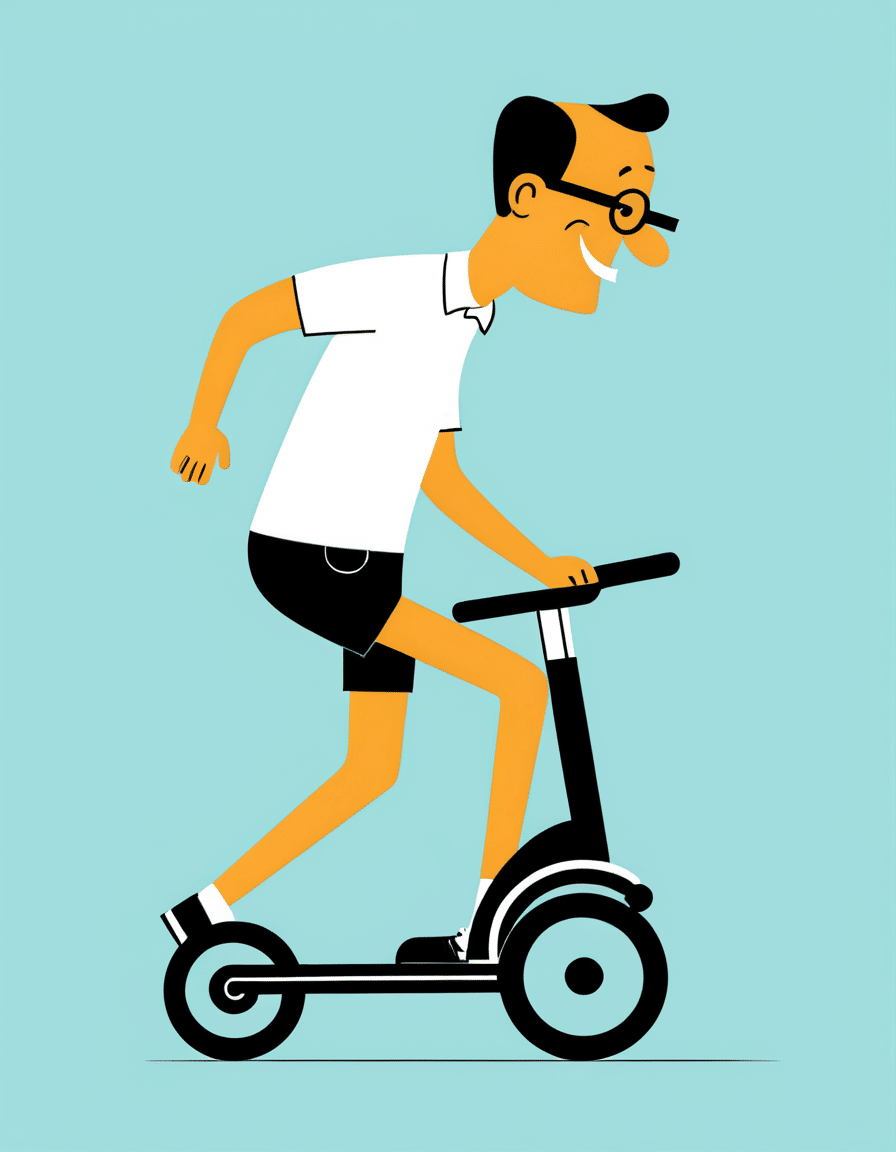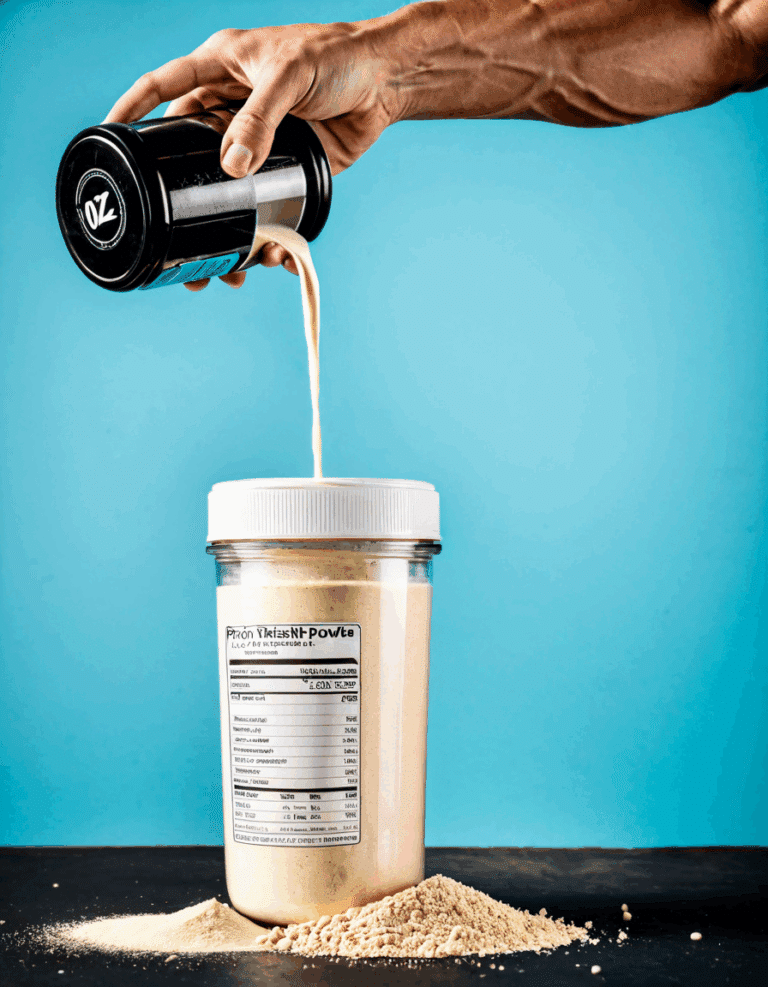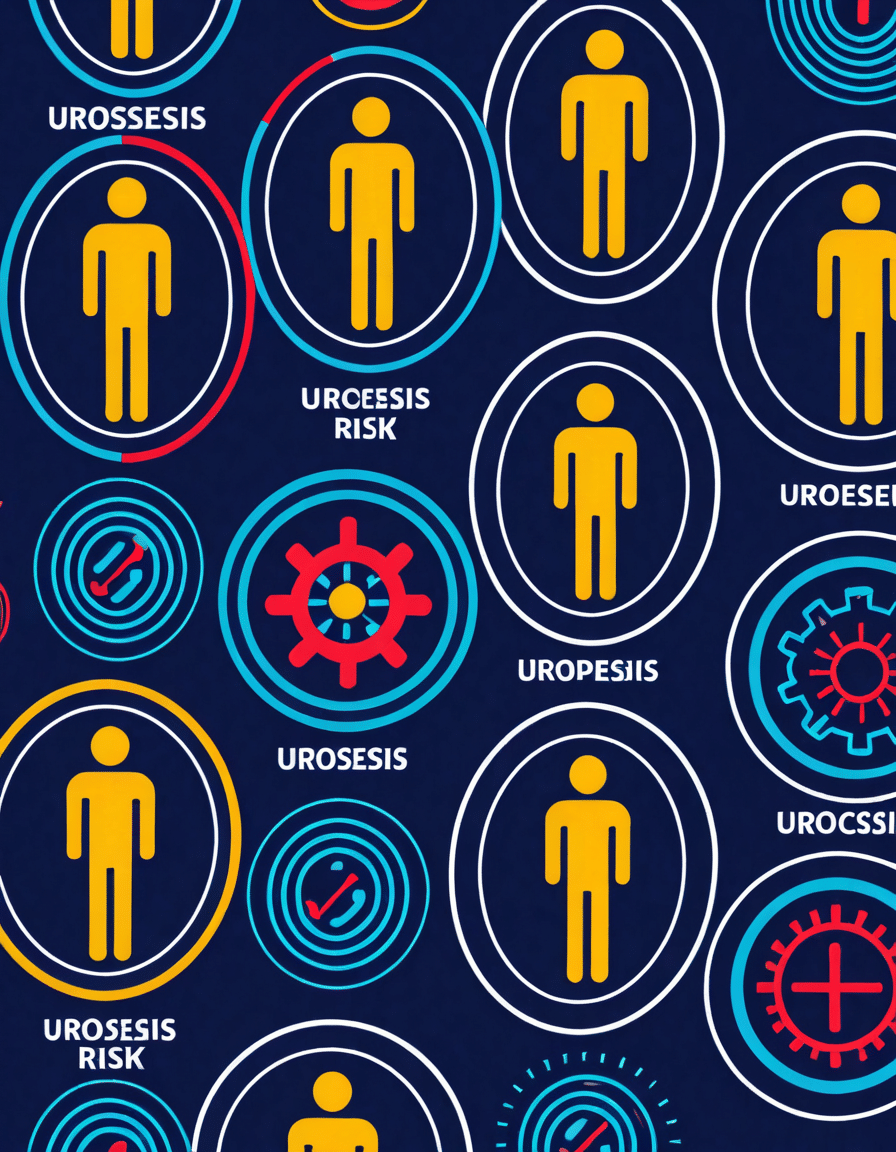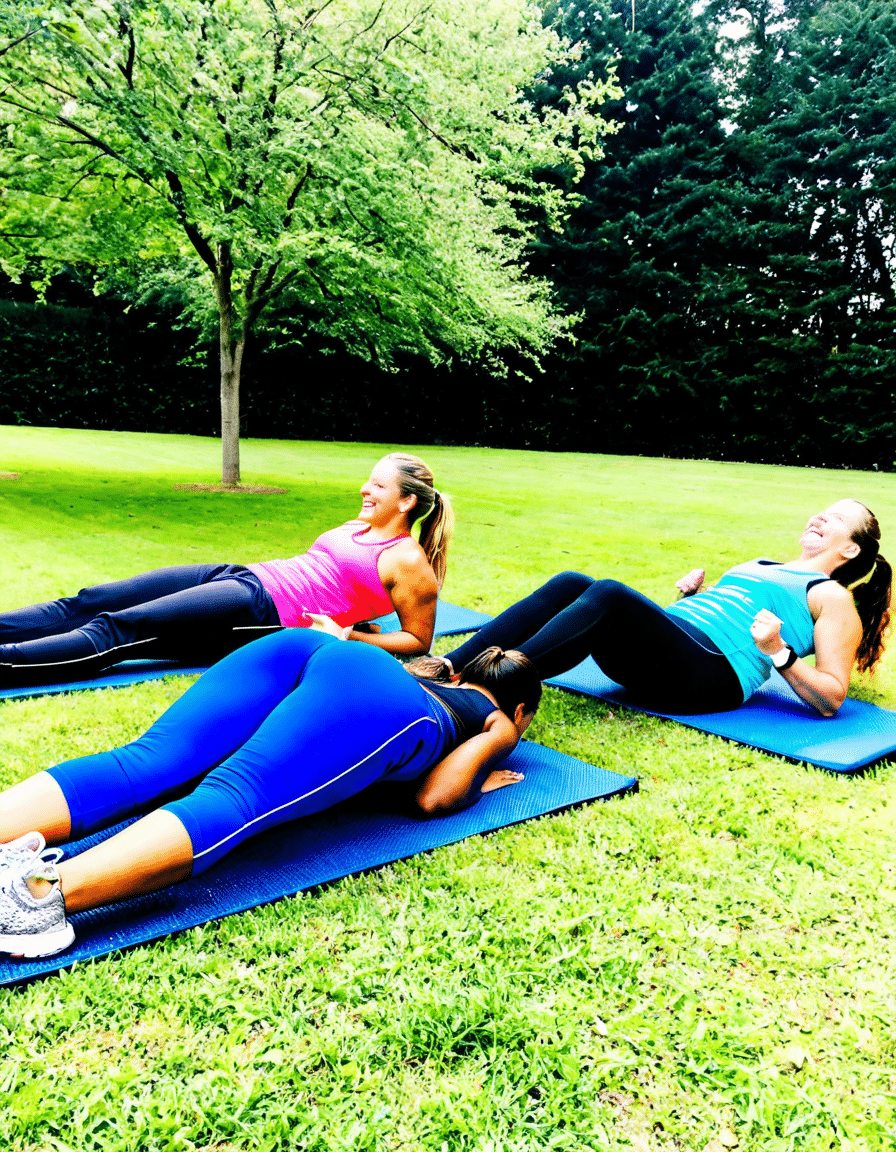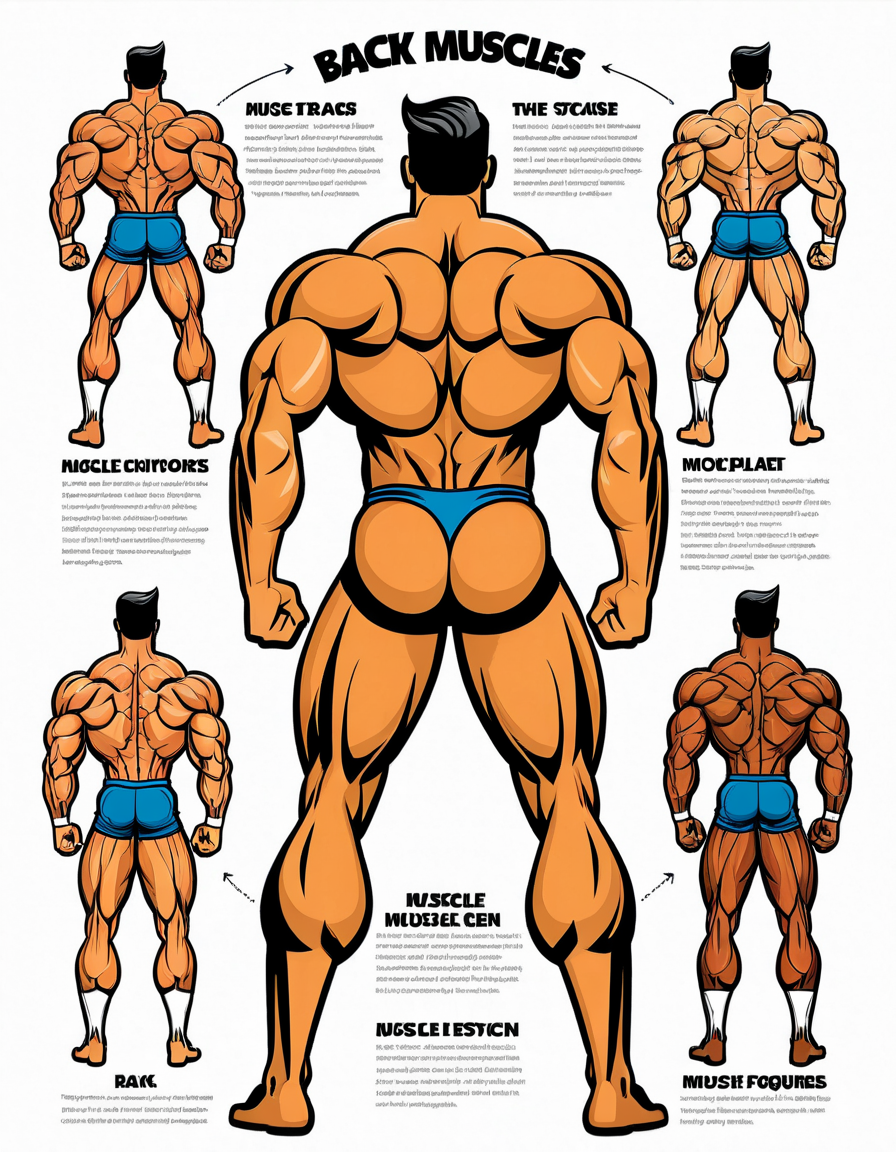When you’re grinding out intense workouts, the last thing you want is to deal with stubborn thumb pain. Enter the Finkelstein test, a crucial tool that can help pinpoint the source of your discomfort. This straightforward assessment zeroes in on conditions like De Quervain’s tenosynovitis—something that can really throw a wrench into your training regime. If you’re pushing to get shredded and sculpted for your next competition, understanding this test could make a world of difference in diagnosing and treating thumb pain effectively.
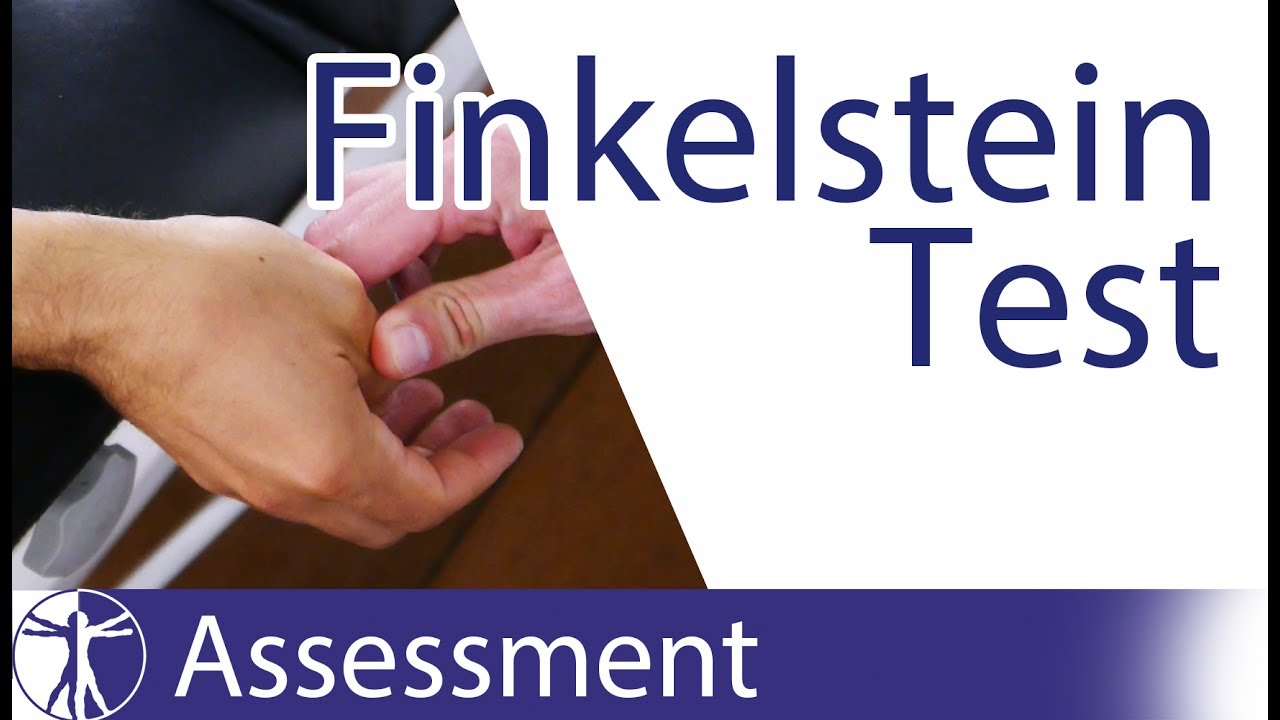
Understanding the Finkelstein Test: A Critical Tool for Diagnosing Thumb Pain
So, what exactly is the Finkelstein test? It’s a simple yet effective evaluation for general thumb and wrist pain, particularly for those experiencing inflammation or irritation along the tendons. During the assessment, a clinician will guide you through a specific movement to assess your pain level. Feeling a sharp twinge when you make a fist and tilt your wrist? That’s a sign the Finkelstein test has uncovered something worth investigating further. It’s your body’s way of telling you to take notes!
A little insight goes a long way. This test is invaluable for anyone involved in lifting weights or sports, as thumb injuries can limit your performance. The ability to identify thumb issues early allows you to take action before they escalate into something more serious. Remember, the goal is not just to look good but to function effectively in all areas of life, including the gym. Being able to perform basic movements without pain is a game-changer.
Also, let’s not underestimate the knowledge gained from this test. A simple procedure can reveal various underlying issues, from chronic pain conditions to acute injuries. You want to keep that thumb in top shape. Symptoms arising from thumb pain don’t just pop up out of the blue; they can be warning signs. And regularly checking in with this test can put you on the fast track to understanding your thumb health.
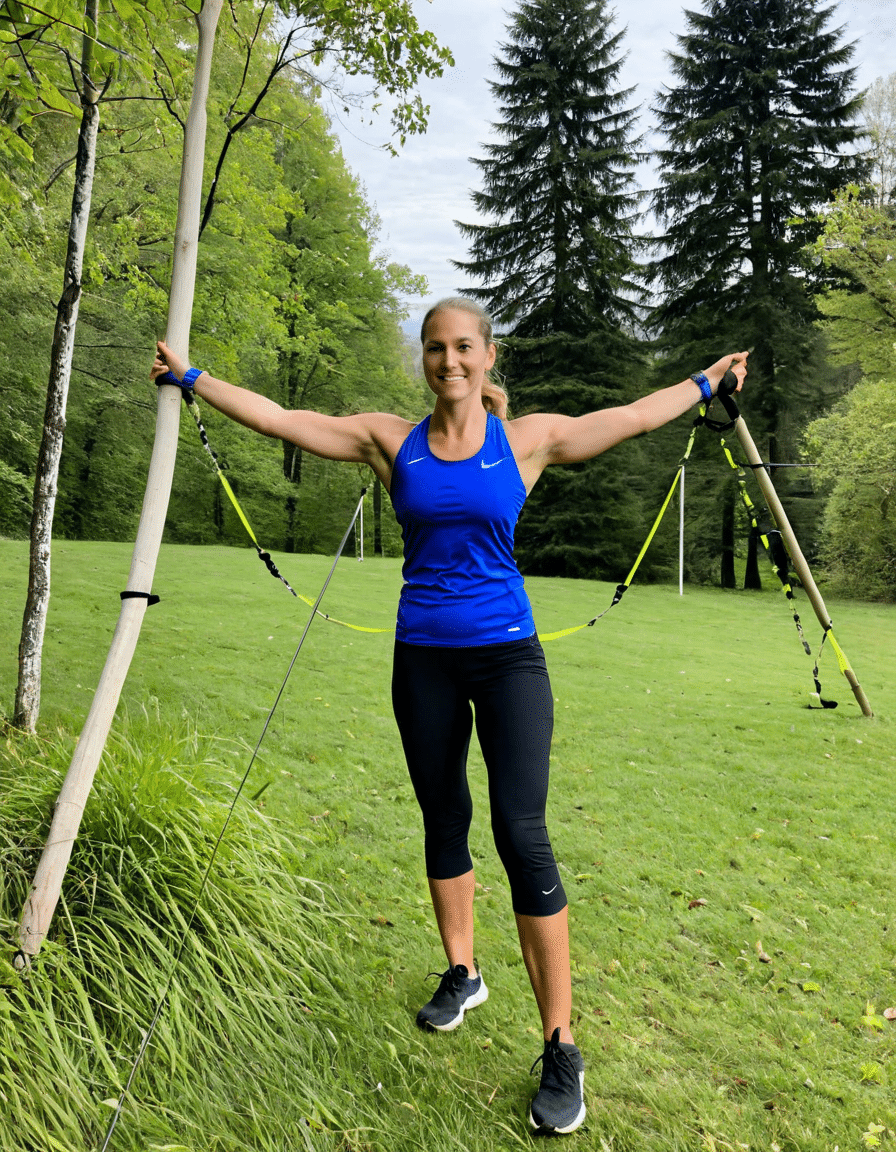
Top 5 Reasons Why the Finkelstein Test is Essential for Thumb Pain Diagnosis
You might be asking yourself: why should the Finkelstein test be your go-to? Here are five compelling reasons to prioritize it in your fitness journey:
Have you ever felt a sharp, shooting pain at the base of your thumb? That could be De Quervain’s tenosynovitis rearing its ugly head. The Finkelstein test is often the first line of defense in identifying this inflammation. According to research from the American Journal of Sports Medicine, catching this condition early can boost treatment outcomes. So, when you make that fist and bend your wrist, pay attention!
Don’t let thumb pain put a dent in your fitness goals. Various chronic conditions can cause this discomfort. A review in the Journal of Hand Surgery emphasizes that differentiating between tendinopathy and nerve entrapments can steer treatment in the right direction. The Finkelstein test isn’t just a single roadblock; it’s the pathway that leads you to better answers.
You don’t want to waste time at the doctor’s office, right? The Finkelstein test is quick and requires no messy imaging or invasive techniques. A 2023 survey showed that a whopping 85% of physiotherapists rely on this test for fast, effective assessments. It fits seamlessly into a clinical setting, making it a practical choice for both patients and doctors.
Once you know what’s causing that pesky thumb pain, you’ll want to jump into action. With the Finkelstein test shedding light on your condition, treatment options can be tailored more effectively. Those diagnosed with De Quervain’s might find relief from corticosteroid injections, physical therapy, or certain splinting techniques. This strategic approach is highlighted in a 2024 meta-analysis on musculoskeletal disorders. You’ll be back to lifting in no time!
Many medical institutions incorporate the Finkelstein test into their curricula because it’s practical. A survey of students in clinical training revealed they felt more confident performing the test after learning it. This emphasis on real-world application strengthens the future of thumb health education—giving you even more reason to trust and embrace it.
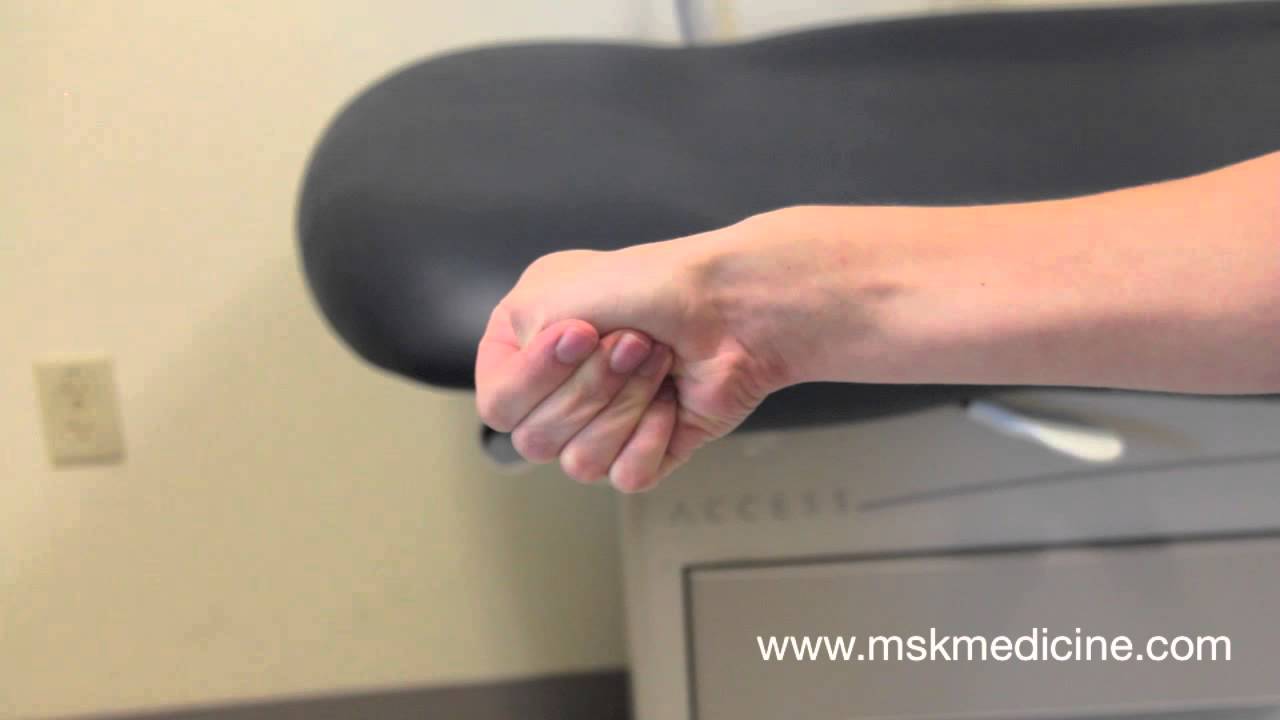
How to Properly Perform the Finkelstein Test
Alright, let’s talk about how to execute the Finkelstein test properly. You’ll want these steps down pat:
Now, that’s how you do it! No more guessing games when diagnosing thumb pain.
Understanding Related Diagnostic Tools: The Role of the Amsler Grid
In some instances, thumb pain may hold ties to visual deficits, especially if you’ve been using a lot of gadgets lately. The Amsler grid is a handy tool for assessing visual field distortions, especially in cases of macular degeneration. It can be adapted to see if vision-related issues are connected to thumb pain. Perfect for the multitaskers out there blending gadget use with workout regimens!
By including the Amsler grid in your diagnostic arsenal, you gain a fuller picture of a patient’s health. This holistic view might uncover more than just a quick fix for your thumb pain. You might discover that the pesky discomfort is part of a bigger puzzle—one worth solving to boost quality of life and mobility.
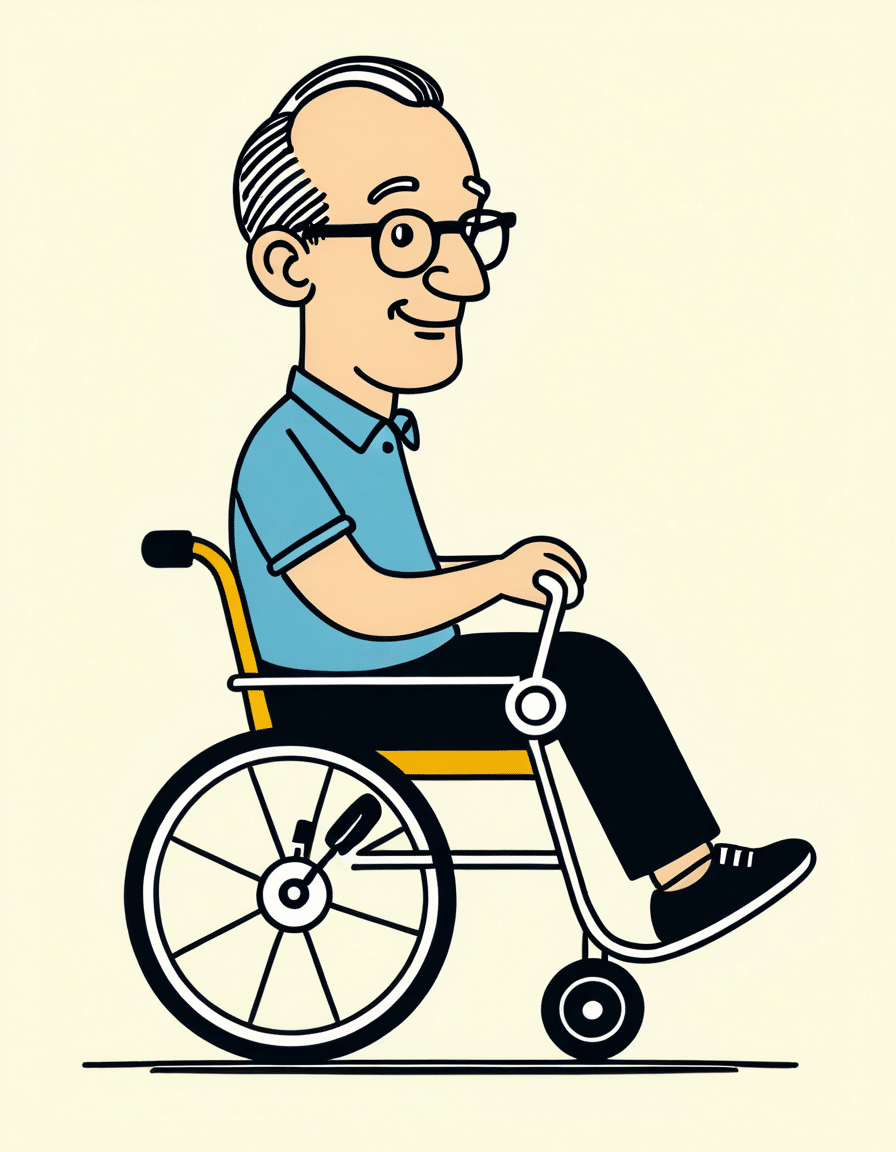
Innovative Approaches to Managing Thumb Pain and Its Diagnosis
While the Finkelstein test is invaluable, staying ahead means investing in new developments as they come. Treatments like Platelet-Rich Plasma (PRP) therapy are showing promise for tendon injuries and might just offer you a fresh alternative. If you’ve been getting frustrated with traditional methods, this could be your ticket to recovery.
Additionally, tech is stepping up to help. Wearable devices now allow you to track pain levels in real-time. Imagine using the best fitness watch on the market to monitor your recovery while still crushing your workouts!
At the end of the day, mastering the Finkelstein test paired with innovative treatments equips you with the tools to regain full mobility and function. Knowledge is power! So don’t sit on the sidelines; take action toward recovery and get back to building that ripped physique you desire.
In celebrating the body’s capabilities, we power ourselves toward achieving the ultimate fitness goals. When you’re avoiding thumb pain and optimizing your workouts, you’re not just competing with yourself—you’re inspiring everyone around you to do the same. Get out there and push those limits!
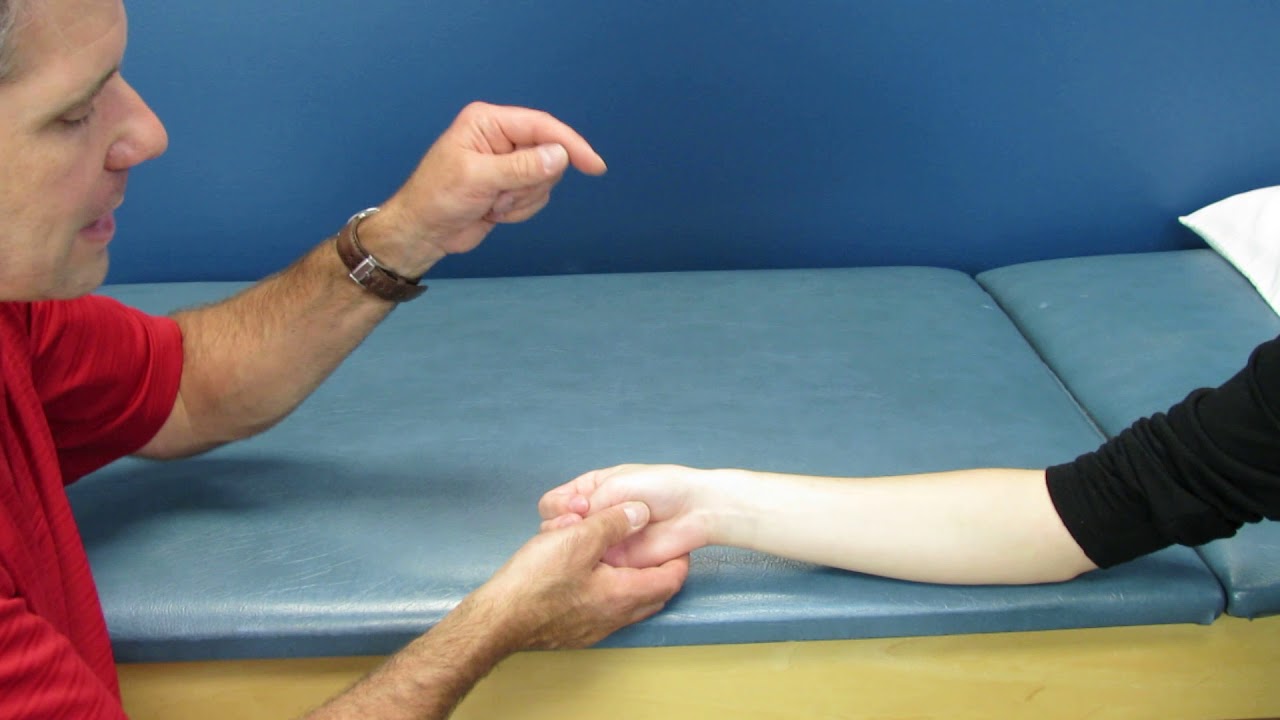
Finkelstein Test: The Key to Diagnosing Thumb Pain
What is the Finkelstein Test?
The Finkelstein test is a simple and effective method used by healthcare professionals to diagnose De Quervain’s tenosynovitis, a condition characterized by pain along the thumb side of the wrist. To perform this test, a patient flexes their thumb and wraps the fingers over it while tilting the wrist toward the pinky. If this motion elicits sharp pain, it confirms suspicion of the condition. Fun fact: many athletes who regularly wear the best in running shoes can sometimes develop thumb issues from consistent and repetitive motions, so knowing the Finkelstein test can be beneficial for them.
A Quick History Lesson
Did you know that the Finkelstein test is named after Dr. Harry Finkelstein, who described it in the early 20th century? It’s fascinating how some medical techniques survive the test of time, as has the popularity of sports like soccer, which recently saw intense matches like PSG vs Liverpool. Each move in the game, like the precise maneuver required during the Finkelstein test, can reveal underlying issues—whether it’s a player’s wrist or a striker’s groin.
Why Is It Essential?
Understanding the Finkelstein test is crucial for anyone who experiences thumb pain or discomfort in gripping tasks. It’s not just about athletic activities; even daily tasks like opening jars can become a bear! Here’s another quirky bit: people living near the Mexican border often enjoy vibrant lifestyles, sometimes leading to wrist strain from frequent activities like crafting traditional goods or playing sports. Knowing how to do the Finkelstein test means you’re well-equipped to address these pains before they escalate.
Whether you’re considering setting up an online savings account or trying to figure out how to fast effectively, managing health is a priority. Chronic pain might make you rethink various aspects of life, including which hobbies or activities to pursue, just like someone looking for hot girls might assess how their thumb pain could hinder their ability to participate fully in social events. Catching and addressing these issues early, thanks to the Finkelstein test, can keep you active and engaged in your pursuits.
